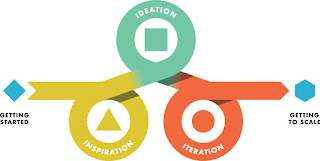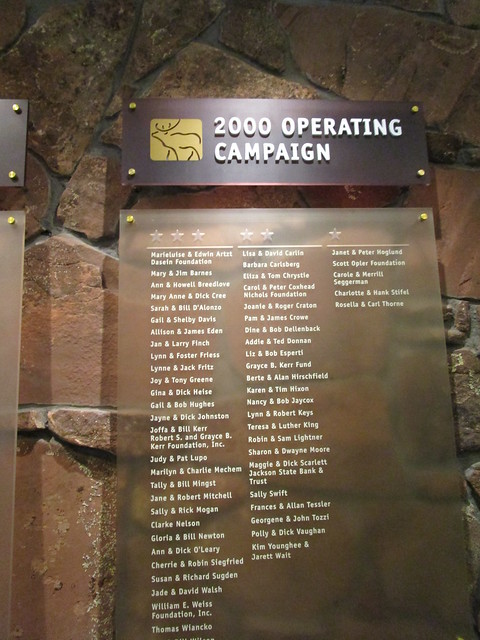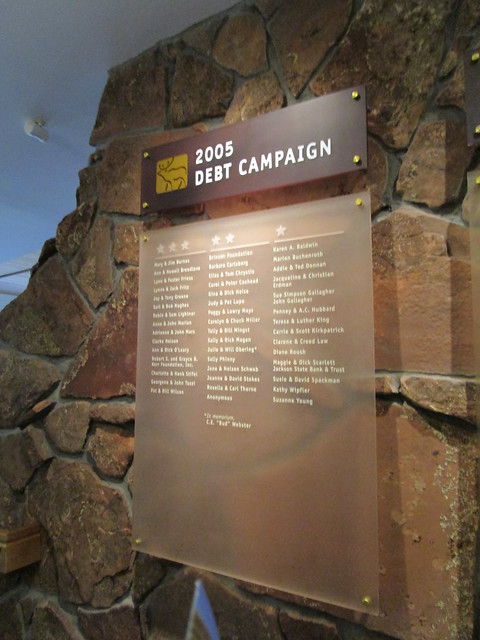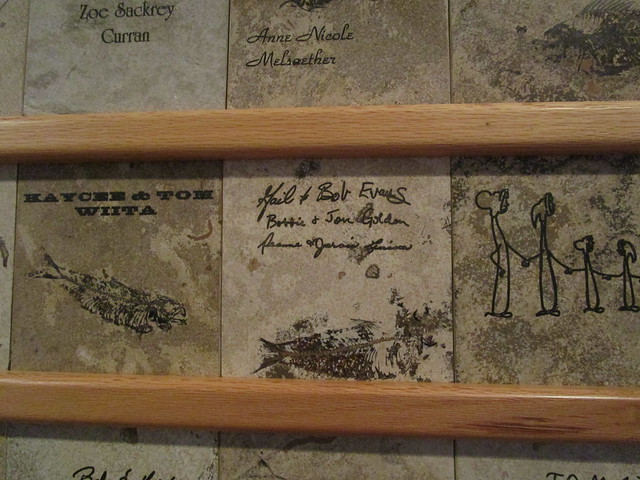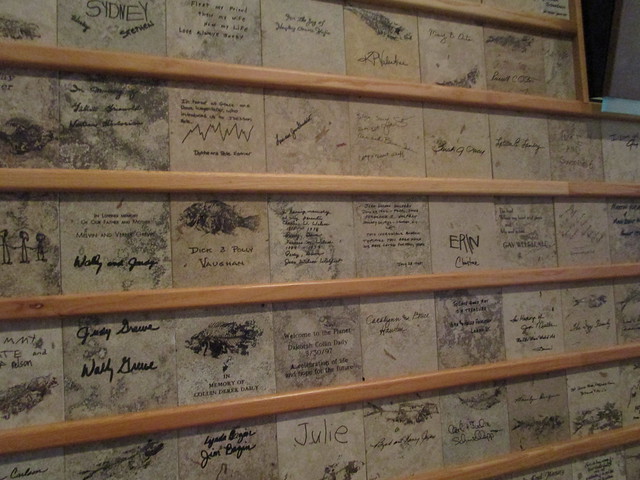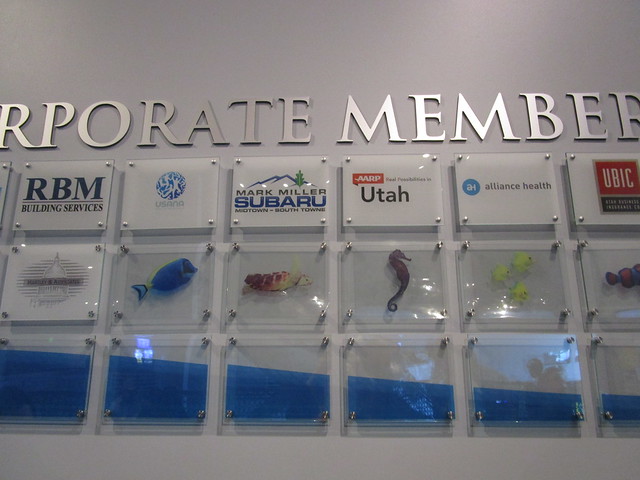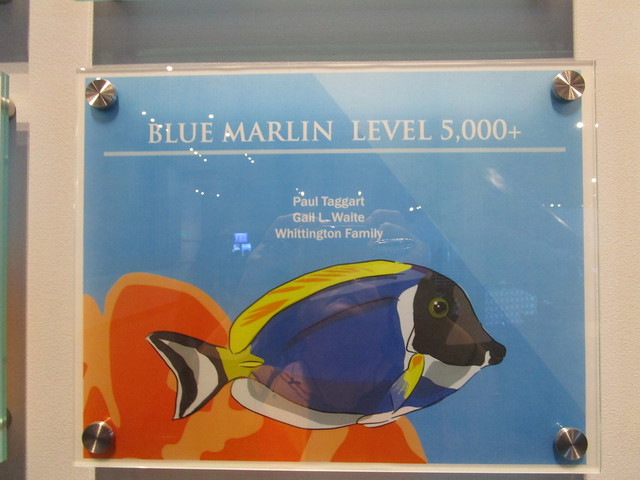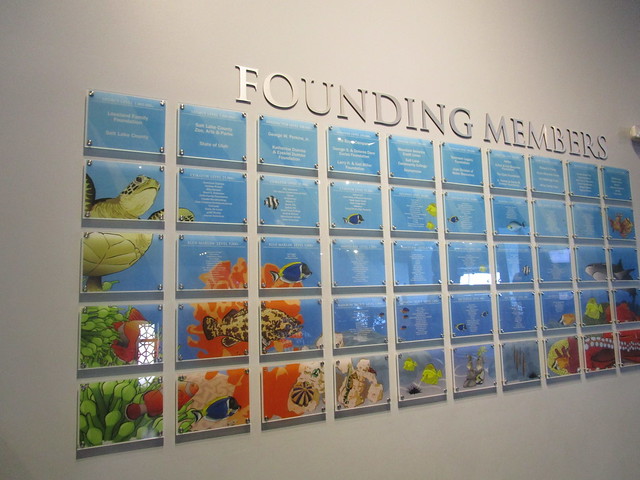Conversion
Visitor A -----Customer
B
Measure foot traffic
Click through rates from newsletter
Customer Journey map
Know the journey
What steps user needs to take
Where are they getting hung-up?
Work backwards
Web site what are
they clicking on, then what, then at what point should they come to the library
and what’s stopping them?
Foot traffic = why motivate them to come in
Place a hold – pick up a hold
Hours
Program
Visit Holds
picked up
Holds Holds
placed
Authenticate Sign
on click thru
Select place
hold click thru
Search keyword
results
Homepage bounce
rate
Direct Google refer google analytic
You can’t manage what you can’t measure
Advanced Class:
Dash, Echo, Fresh
Hold
– no funnel
Price does not equal Cost
Friction is costly
What would success look like?
2 strategies
1.
Reduce steps (shorten the funnel)
2.
Expand the top of funnel (reasons to visit
library)
Reno NV (?)
Amazon -> shows library results???










